Staying In Shape With A Busy Lifestyle
 Staying in shape can be difficult for busy people, but it’s those same people that will benefit from it most. Maintaining a crowded schedule requires extra energy, which you’ll have if you workout regularly. Busy people often are under stress, another reason is that the busier you are, the more important it is to exercise. Exercise is a stress buster. It burns off the hormones of stress and replaces them with ones that make you feel good.
Staying in shape can be difficult for busy people, but it’s those same people that will benefit from it most. Maintaining a crowded schedule requires extra energy, which you’ll have if you workout regularly. Busy people often are under stress, another reason is that the busier you are, the more important it is to exercise. Exercise is a stress buster. It burns off the hormones of stress and replaces them with ones that make you feel good.
Put your workout on your schedule, like a doctor’s appointment.
While it’s not a doctor’s appointment, it can help reduce the number of appointments you’ll need with your healthcare provider by improving your overall health. The logic is simple, when you make the time, you don’t have to find the time. Instead of waiting until the end of the day to fit in your workout or when you have spare time, which is never, your workout is already on your calendar. It makes your health and workout a top priority.
Workout the first thing in the morning.
Schedule your workout before the first phone call, getting the kids dressed for school or even taking your morning shower. You’ll have fewer distractions and can cross it off your to-do list immediately. Exercise helps clear the mind and boosts circulation, when you do go to work or start on the day’s tasks, you’ll be more focused and have increased cognition to make the day run smoother. It also starts your day with a metabolic boost.
Work smarter and maximize your benefits.
Having a program that is customized and based on your goals helps you see results faster. Faster results are a huge motivator. If you’re a busy person, many of these workouts don’t require as much time. Circuit training, kettlebell training and HIIT—high intensity interval training—can reduce the amount of time you spend at each session, giving you more benefits in less time. It’s all about how intense the workout is and whether it’s steady-state or modified to adjust the intensity levels throughout the workout.
- If you’re in a pinch and can’t maintain your normal workout schedule, you can break it up into smaller sessions. You could do several 10 to 15-minute sessions throughout the day, take a walk at lunch to add extra steps or exercise at night while watching TV or movies.
- If you have a group you always meet with after work, switch that meeting from the coffee shop or bar to the gym. Make your social time fitness time.
- Some people simply hate working out and find reasons to avoid it. If that describes you, time isn’t a problem. You simply don’t like it. Find something active that you do enjoy, such as dancing or basketball, and do it. Alternate between gym sessions and your new favorite exercise.
- Get even more benefits from your workout by supplementing it with healthy eating habits. One small step that can make a big difference is cutting out food with added sugar and highly processed food.
For more information, contact us today at Habitat Health & Fitness


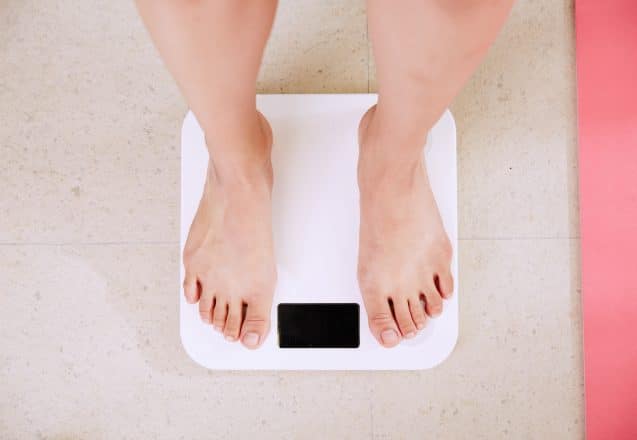
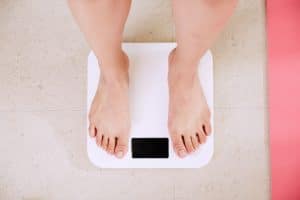 A lot of people focus on losing weight to get healthier, and sometimes do it to excess. They fret if they’ve gained a pound and get ecstatic when they’ve lost one. While losing weight is an excellent goal, in the general scheme of things, it doesn’t matter, especially if you’re losing inches. When you stay the same weight, but shed inches, it means you’re building muscle mass. Muscle tissue weighs more per cubic inch than fat tissue does, so even if you don’t lose a pound, but change your body’s composition to more muscle mass, you’ll be thinner and wear a smaller size.
A lot of people focus on losing weight to get healthier, and sometimes do it to excess. They fret if they’ve gained a pound and get ecstatic when they’ve lost one. While losing weight is an excellent goal, in the general scheme of things, it doesn’t matter, especially if you’re losing inches. When you stay the same weight, but shed inches, it means you’re building muscle mass. Muscle tissue weighs more per cubic inch than fat tissue does, so even if you don’t lose a pound, but change your body’s composition to more muscle mass, you’ll be thinner and wear a smaller size.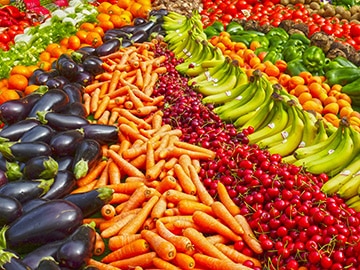
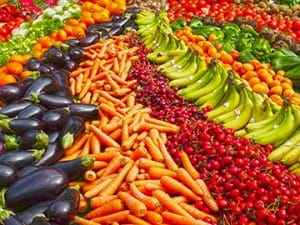 Changing your diet to a healthier one is important for both your health and to help you lose weight, but what foods are best? In Winter Haven, FL, you hear all sorts of stories of crazy diets and stories of super foods that magically make you thinner. Unfortunately, there is no one magical food. While some foods will help boost weight loss, that food has to be part of a healthy diet if you want to be successful.
Changing your diet to a healthier one is important for both your health and to help you lose weight, but what foods are best? In Winter Haven, FL, you hear all sorts of stories of crazy diets and stories of super foods that magically make you thinner. Unfortunately, there is no one magical food. While some foods will help boost weight loss, that food has to be part of a healthy diet if you want to be successful.
 Choosing almond butter for sandwiches and snacks over peanut butter does sound a little trendier and can provide a welcomed change. Is almond butter healthier or just something different? Are you better off opting for other types of nut butters, like almond butter? What does the nutritional breakdown say?
Choosing almond butter for sandwiches and snacks over peanut butter does sound a little trendier and can provide a welcomed change. Is almond butter healthier or just something different? Are you better off opting for other types of nut butters, like almond butter? What does the nutritional breakdown say?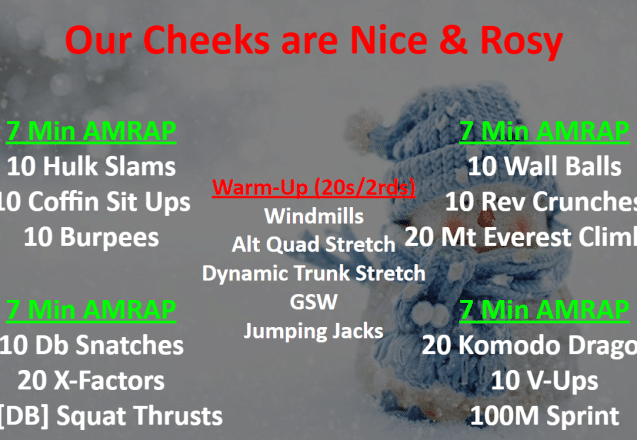
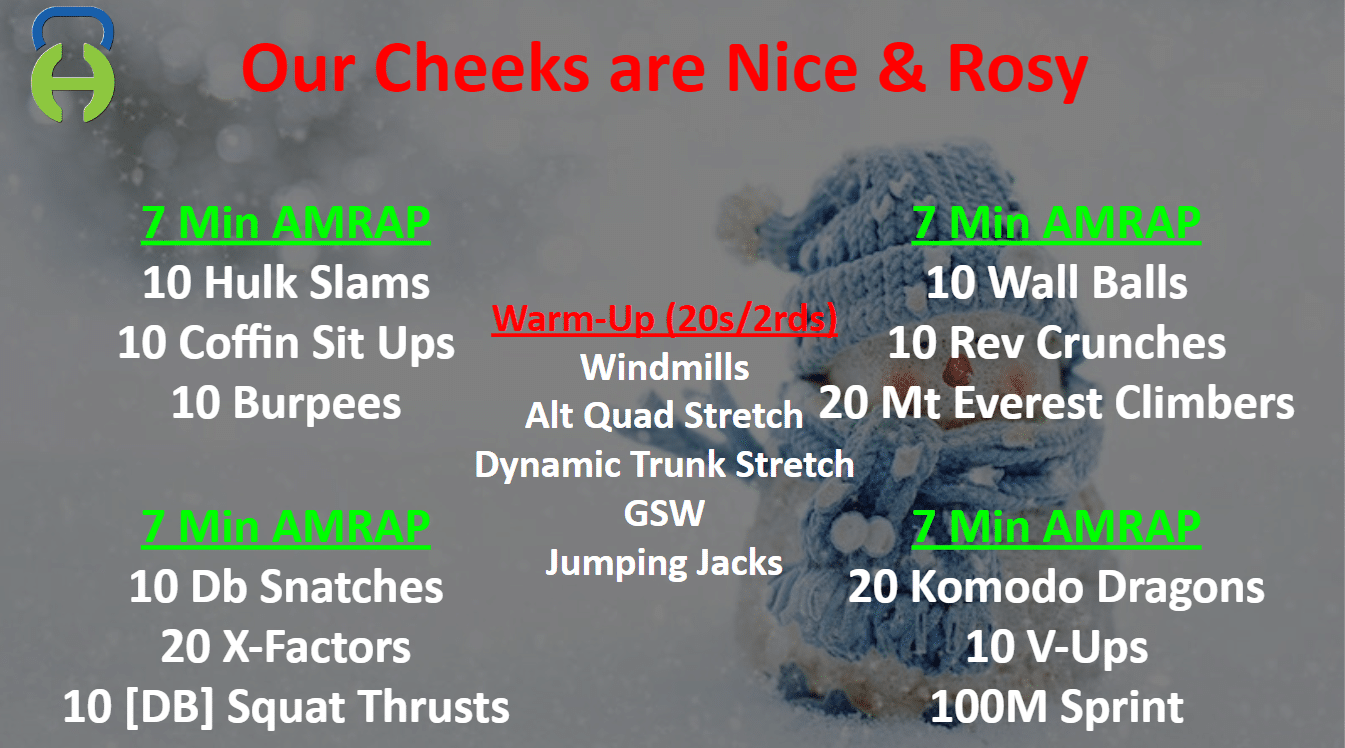

 People who choose to become vegans or vegetarians, choose a plant based lifestyle. The difference between the two is that the vegan diet is more radical. While vegetarians may not eat animal flesh, they may eat dairy products or eggs. That can make a huge difference in the available nutrients that are readily available. Clients in Winter Haven, FL, have asked whether there are pitfalls to plant based diets and whether vegans or vegetarians age faster.
People who choose to become vegans or vegetarians, choose a plant based lifestyle. The difference between the two is that the vegan diet is more radical. While vegetarians may not eat animal flesh, they may eat dairy products or eggs. That can make a huge difference in the available nutrients that are readily available. Clients in Winter Haven, FL, have asked whether there are pitfalls to plant based diets and whether vegans or vegetarians age faster.
 It doesn’t happen very often, but sometimes, we see people have all the signs that they’re working out too much. Yes, no matter how healthy exercise is, you can take it too far. Check your workout schedule. Are you working out for hours every day? Are you doing strength training for your whole body seven days a week? That can be a good indicator.
It doesn’t happen very often, but sometimes, we see people have all the signs that they’re working out too much. Yes, no matter how healthy exercise is, you can take it too far. Check your workout schedule. Are you working out for hours every day? Are you doing strength training for your whole body seven days a week? That can be a good indicator.
 In order to arrive at a destination, you need to know where you’re going. That’s true whether you’re taking an actual trip or talking about fitness goals. If you plan to drive from New York City and start at 8 a.m., planning to arrive in Lakeland, Florida at 9 a.m., you need to re-evaluate your goals, because they aren’t realistic. The same is true when it comes to fitness goals. If you have a goal of winning a ten mile marathon next week but haven’t done any type of physical activity in years or want to lose 60 pounds in two weeks, you need to rethink your goals. They simply aren’t realistic.
In order to arrive at a destination, you need to know where you’re going. That’s true whether you’re taking an actual trip or talking about fitness goals. If you plan to drive from New York City and start at 8 a.m., planning to arrive in Lakeland, Florida at 9 a.m., you need to re-evaluate your goals, because they aren’t realistic. The same is true when it comes to fitness goals. If you have a goal of winning a ten mile marathon next week but haven’t done any type of physical activity in years or want to lose 60 pounds in two weeks, you need to rethink your goals. They simply aren’t realistic.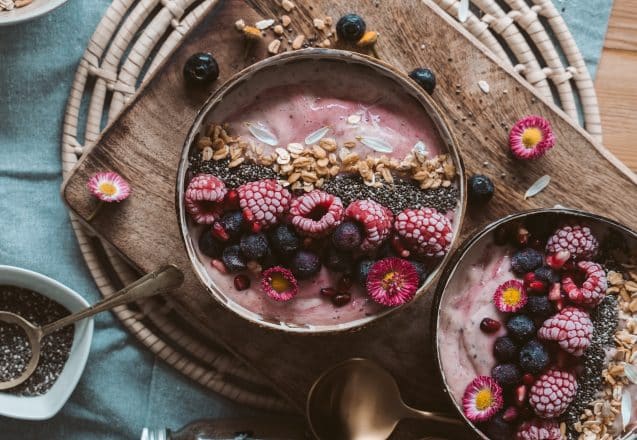
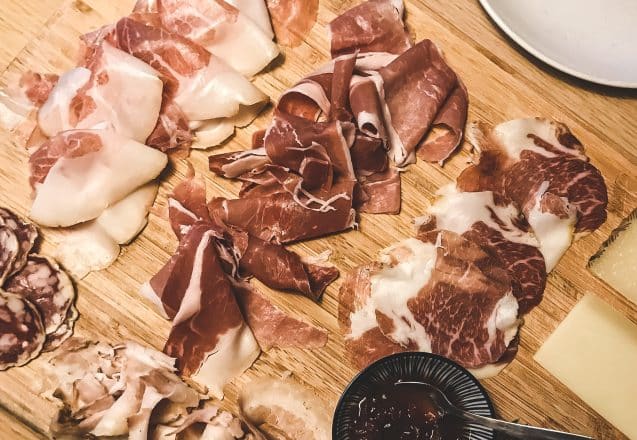
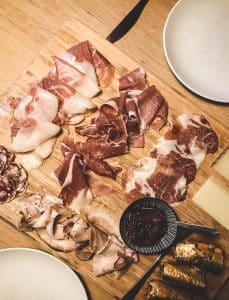 I’ve noticed a lot of vegan restaurants and plant-based food options in the grocery store in Lakeland, FL. It’s part of a new trend and eating style that’s in all areas. There are even plant-based protein choices at fast food restaurants. So, which is best? Are there benefits to consuming animal-based protein or should we look to the plant world for protein in our diets?
I’ve noticed a lot of vegan restaurants and plant-based food options in the grocery store in Lakeland, FL. It’s part of a new trend and eating style that’s in all areas. There are even plant-based protein choices at fast food restaurants. So, which is best? Are there benefits to consuming animal-based protein or should we look to the plant world for protein in our diets?